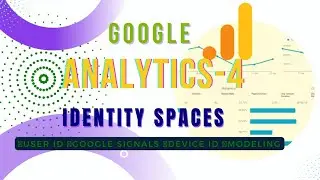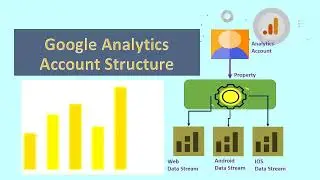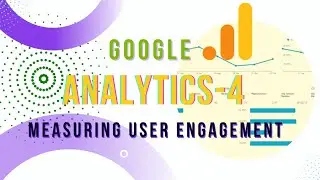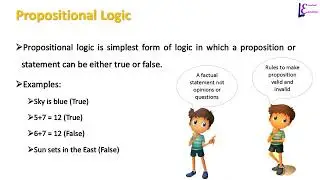Google Analytics - 4 || Measuring User Engagement ||
#digitalanalytics
#ga4
#googleanalytics4
#googleanalyticstutorial
Zaheer Ahmed
Expand search

How Google Analytics Measures User Engagemen
Google Analytics 4 can collect information about how a user engages or interacts with a website or an app. It can also collect data from connected advertising campaigns of your business on Google Ads or other platforms for measuring different metrics to better understand how a campaign is performing.
Connecting Google Analytics to Business
In order to enable GA-4 to measure how user engage with your business, we’ll need to connect GA-4 to a website or app. To connect Google analytics to a website, a piece of code or snippet called a tag is implemented in head section of each webpage of a website. Mostly tags are implemented on landing pages or product pages where a user might perform an action important to the business.
There are two ways we can implement tags on a website.
1. Tag Manager
With tag manager we can implement tags on a website with no web development experience. It provides interface to manage Google and Non-Google tags implemented on various web infrastructures.
2. Global Site Tags
Second method to connect site google analytics is to manually add code snippets in head section of the landing page.
These types of tags are known as Global site tags. This option is preferable for developer, who often hard code JavaScript to measure user actions. Use this method if you are not a developer and you don’t often change tags on website.
Connecting Apps to Analytics
If you want to collect customer data from your app, you will need to use Firebase Account. Firebase is a Google’s mobile application development platform. We'll learn about Firebase SDK, creating account and creating project for your application and connecting to Google Analytics in a separate article.
Your Users may come from?
Your business may have presence on many platforms for the users to interact with. Users may interact with a business using cross devices on the website or app of the business. Users may find and connect with your business using social media platforms or thru reviews. Or they may find you from the paid search engine marketing. Google Analytics can collect and measure data from all of these platforms.
User Actions
Users may perform different action on all of the accessible platforms your business uses. They may download or install your app, visit website or online store, purchase something from your site or app, call a phone number, send a message, leave a comment, respond to your survey form, fill a form or write a review. Google Analytics can mark all of these actions as events or conversions.
Events And Conversions
User actions or interactions are measured by Google Analytics 4 as events. There are user interactions that by default are considered events by Google Analytics 4. For example making a purchase or login into the site. We can create our own events beside default events. Event that are important for our business or help us achieve a business goal are called conversions. There are default conversions as well that analytics thinks are important and collects for reports. We can create our own events and mark them as conversions as well.
De-Duplication and Singular View of Users
Google Analytics can track users on computers and smart phones. It is important for businesses to have unique information about same users whether he or she is approaching with a computer or mobile phone. That’s why Google Analytics uses different identifiers and information with events to de-duplicate users on different devices.
We can create user ids to accurately count number of users and their unique different actions. Google Analytics can also use Client IDs, which is formed by pairing browser identifier and device identifier. browser-device pair can be used to collect and analyze user actions on a particular device. Events Parameters provide additional information about the ways users interact with your business. For example, when someone views a product you sell, you can include parameters that describe the product they viewed, such as the name, category, and price.



















